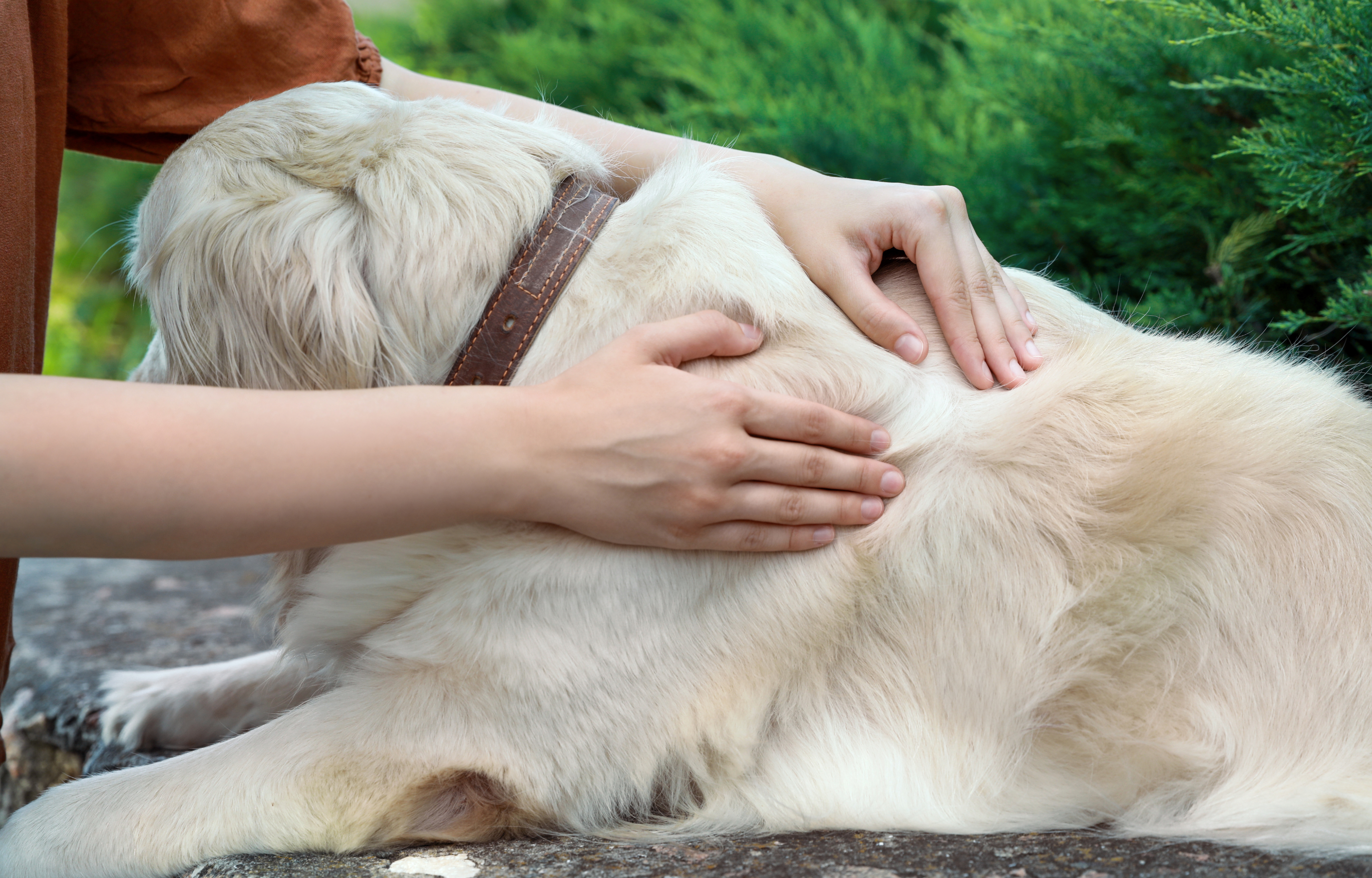Checking your Best Friend for Ticks
Dog health is of utmost importance to ensure your canine companion leads a happy and active life. Regular health checks and preventive measures can go a long way in maintaining their well-being. One common health concern for dogs is tick infestation, which can lead to various diseases. Here's how to check for ticks on your dog:
Regular Inspection: After outdoor activities or walks in areas with tall grass or woods, thoroughly inspect your dog's coat for ticks. Run your hands over their body, feeling for any bumps or lumps.
Focus on High-Risk Areas: Ticks prefer warm and moist areas, so pay extra attention to the armpits, groin, ears, and neck. These areas are where ticks are most likely to attach themselves.
Visual Examination: Ticks vary in size, ranging from tiny pinheads to larger pea-sized creatures, depending on their stage of development. Check for any dark, round, or oval-shaped objects attached to your dog's skin.
Use a Tick Comb: A fine-toothed tick comb can be helpful in removing and identifying ticks. Comb through your dog's fur, paying special attention to the areas where ticks are commonly found.
Safe Removal: If you find a tick, use fine-tipped tweezers to grasp the tick's head as close to the skin as possible. Slowly and steadily pull upward with a firm, even pressure. Avoid twisting or jerking the tick to prevent leaving the mouthparts embedded in the skin.
Tick Preventive Products: Speak to your veterinarian about tick preventive treatments, such as spot-on treatments, collars, or oral medications. These products can help repel and kill ticks before they can attach to your dog.
Tick-Borne Disease Awareness: Be aware of common tick-borne diseases in your region, such as Lyme disease or Ehrlichiosis. Watch for any symptoms, such as lethargy, lameness, fever, or loss of appetite, and seek veterinary attention if needed.
By regularly checking for ticks and promptly removing any you find, you can reduce the risk of tick-borne diseases and ensure your dog stays healthy and happy. Additionally, maintaining regular veterinary check-ups and adhering to a balanced diet and exercise routine are essential aspects of overall dog health care.

